RR and OR are commonly used measures of association in observational studies In this video I will discuss how to interpret them and how to apply them to patAbstract This paper argues that the use of the odds ratio parameter in epidemiology needs to be considered with a view to the specific study design and the types of exposure and disease data at hand Frequently, the odds ratio measure is being used instead of the risk ratio or the incidenceproportion ratio in cohort studies or as an estimateIncidence Proportion (Risk, Cumulative Incidence) Incidence Rate (Incidence Density, Average Hazard, PersonTime Rate) Prevalence Odds 2 32 Measures of Association between an exposure and outcome (disease) Absolute Measures of Associations

Solved Compare And Contrast The Three Major Study Designs Chegg Com
Odds ratio vs risk ratio epidemiology
Odds ratio vs risk ratio epidemiology-Additive vs multiplicative interaction (1978) OR = Odds Ratio (95% Confidence Interval)• Odds Both prevalence and incidence proportions may be addressed in terms of odds Let p represent the incidence proportion or prevalence proportion of disease and o represent the odds of disease Thus, odds o = p / (1 – p) • Reporting To report a risk or rate "per m," simply multiply it by m For example, an incidence




Definition And Calculation Of Odds Ratio Relative Risk Stomp On Step1
• The risk of sexual dysfunction with venlafaxine is 24 times that with placebo • The risk of sexual dysfunction with venlafaxine is 240% that with placebo • Venlafaxine is associated with a 14fold increase in the risk of sexual dysfunction • Venlafaxine is associated with a 140% increase in the risk of sexual dysfunction Examples of measures of association include risk ratio (relative risk), rate ratio, odds ratio, and proportionate mortality ratio Risk ratio Definition of risk ratio A risk ratio (RR), also called relative risk, compares the risk of a health event (disease, injury, risk factor, or death) among one group with the risk among another group Stated differently, it reports the number of events to nonevents While the risk, as determined previously, of flipping a coin to be heads is 12 or 50%, the odds of flipping a coin to be heads is 11, as there is one desired outcome (event),
It means that the odds of a case having had exposure #1 are 15 times the odds of its having the baseline exposure This is not the same as being 15 times as probable odds are not the same as probability (odds of 21 against means a probability of 1 3 ) So it comes down to what you mean by 'likely' Share Improve this answerRISK AND ODDS DEFINITIONS "Risk" refers to the probability of occurrence of an event or outcome Statistically, risk = chance of the outcome of interest/all possible outcomes The term "odds" is often used instead of risk "Odds" refers to the probability of occurrence of an event/probability of the event not occurring"Epidemiology is the study of the distribution and determinants of healthrelated states or events (including disease), and the application of this study to the control of diseases and other health problems" World Health Organization (WHO)
1 we can calculate relative risk IF we can estimate probabilities of an outcome in EACH group 2 we can't do that in case control studies 3 we can calculate the odds ratio even if we don't know the probabilities in the groups It would then be nice, if odds ratio was close to relative riskIn casecontrol studies we sometimes use a sampling method called riskset (or densitybased) sampling Here, the probability of being selected as a control is proportional to the persontime at risk In this case, the odds ratio will estimate the rate ratioThe prevalence odds ratio The prevalence odds ratio (POR) is calculated in the same manner as the odds ratio The prevalence ratio The prevalence ratio (PR) is analogous to the risk ratio (RR) of cohort studies The denominators for both ratios are fixed populations –




Risk Factors And Disease Profile Of Post Vaccination Sars Cov 2 Infection In Uk Users Of The Covid Symptom Study App A Prospective Community Based Nested Case Control Study The Lancet Infectious Diseases




A Beginner S Guide To Interpreting Odds Ratios Confidence Intervals And P Values Students 4 Best Evidence
Risk (RR), odds ratio (OR) RR = ratio of incidence of disease in exposed individuals to the incidence of disease in nonexposed individuals (from a cohort/prospective study) If RR > 1, there is a positive association If RR < 1, there is a negative association It is usually expressed as a ratio of two integers For example an odds of 01 is written as 110 and an odds of 5 is written as 51 Risk and risk ratios are more commonly used than odds and odds ratios in medicine as these are much more intuitive Risk describes the probability of an event occurringEpidemiology a tool for the assessment of risk Ursula J Blumenthal, Jay M Fleisher, Steve A Esrey and Anne Peasey The purpose of this chapter is to introduce and demonstrate the use of a key tool for the assessment of risk The word epidemiology is derived from Greek and its literal interpretation is 'studies upon people'



2



2
B Odds("comparison of two complementary (opposite) outcomes") In words, the odds of an event "E" is the chances of the event occurring in comparison to the chances of the same event NOT occurring Odds = P(E) P(E P(E) c) 1P(E) = Example Perhaps the most familiar example of odds is reflected in the expression "the odds of a fairThe relative risk and the odds ratio are measures of association between exposure status and disease outcome in a population Relative risk In epidemiology, relative risk (RR) can give us insights in how much more likely an exposed group is to develop a certain disease in comparison to a nonexposed group Odds Ratio (OR) and Relative Risk (RR) are two ratios often used in the epidemiology studies and the clinical trials They are related, but the calculation and the interpretation are quite different Notice that the Relative Risk (RR) may also be called Risk Ratio with the same abbreviation of RR When P1 and P0 are small, OR can be used to
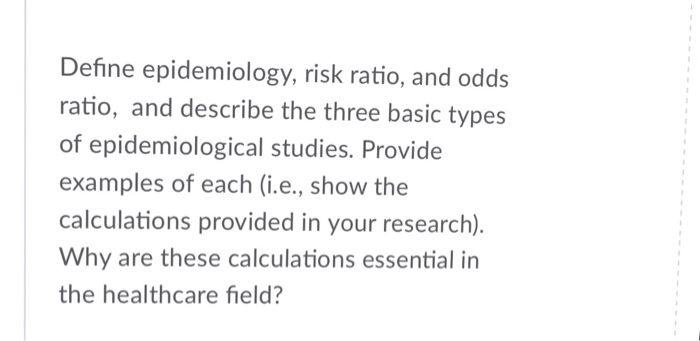



Solved Define Epidemiology Risk Ratio And Odds Ratio And Chegg Com
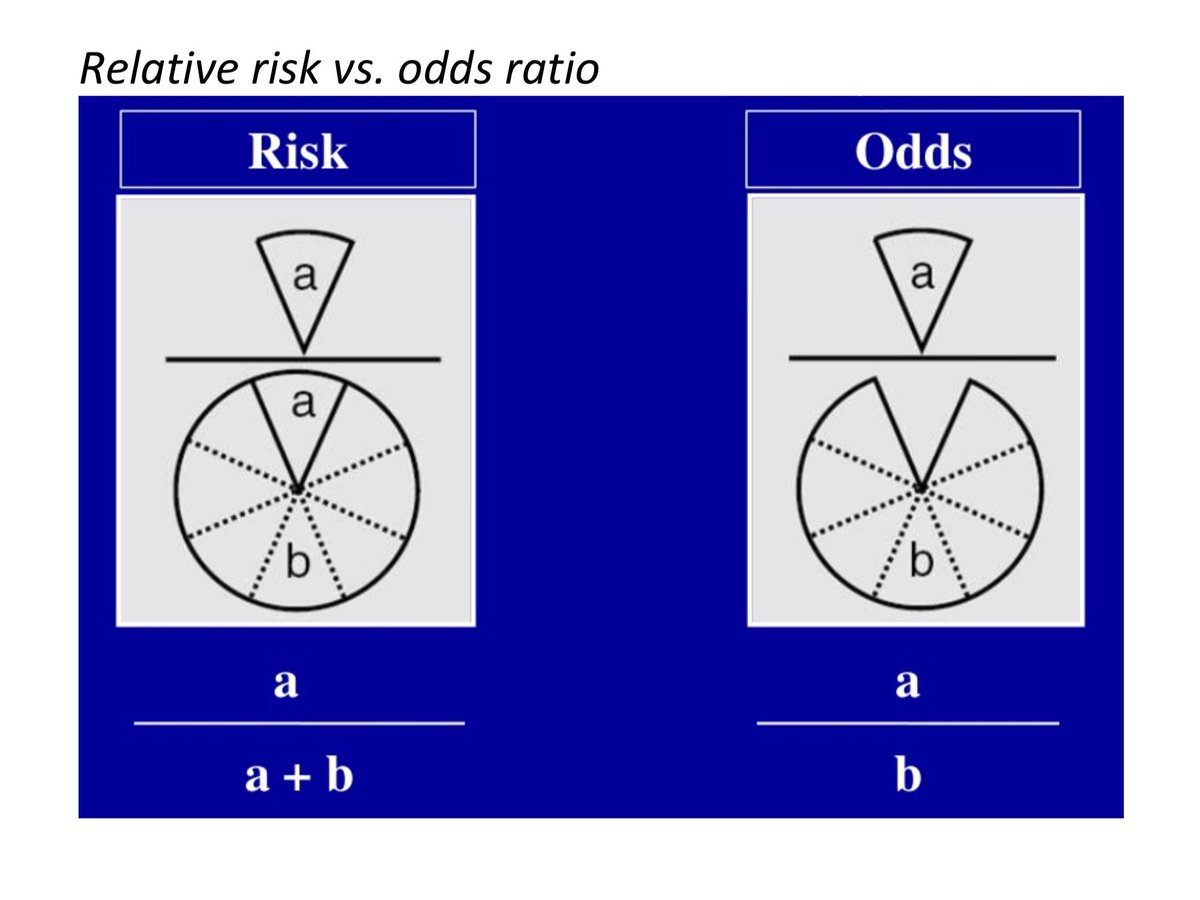



Bryan Carmody For M2s Preparing For Usmle Step 1 Epidemiology Questions Are Free Points You Don T Have To Make 2x2 Tables Or Memorize Formulae From First Aid To Calculate Or
The Prevalence Odds Ratio is not an approximate measure of the Risk Ratio it is a paremter on its own that can be used in crosssectional studies as a measure of the association between exposure The mathematical formula for odds is p divided by the quantity 1 minus p You may be wondering why we use the odds as a measure, since we already have other measures to use in epidemiology Such as prevalence, risk, and rate Odds are easy to calculate and interpret Odds tend to have more meaning to clinicians and laypeople compared to ratesChapter 13 Relative Risk, Odds Ratio, and Attributable Risk study guide by bwlecka includes 14 questions covering vocabulary, terms and more Quizlet flashcards, activities and games help you improve your grades




Moving Beyond Odds Ratios Estimating And Presenting Absolute




Frontiers Odds Ratio Or Prevalence Ratio An Overview Of Reported Statistical Methods And Appropriateness Of Interpretations In Cross Sectional Studies With Dichotomous Outcomes In Veterinary Medicine Veterinary Science
Percent decrease = (1 – Risk Ratio upper bound) x 100 It's worth stating again when comparing two proportions close to 1 or 0, the risk ratio is usually a better summary than the raw difference Odds Ratios We now turn to odds ratios as yet another way to summarize a 2 x 2 table Odds are another way of expressing the likelihood of "success" INTRODUCTION Odds ratio (OR) and risk ratio (RR) are two commonly used measures of association reported in research studies In crosssectional studies, the odds ratio is also referred to as the prevalence odds ratio (POR) when prevalent cases are included, and, instead of the RR, the prevalence ratio (PR) is calculatedIn epidemiological terms, the odds ratio is used as a point estimate of the relative risk in retrospective studies Odds ratio is the key statistic for most casecontrol studies In prospective studies, Attributable risk or risk difference is used to quantify risk in the exposed group that is attributable to the exposure In retrospective studies, attributable risk can not be calculated




Definition And Calculation Of Odds Ratio Relative Risk Stomp On Step1




Research Techniques Made Simple Interpreting Measures Of Association In Clinical Research Sciencedirect
2) Relative Risk and Odds Ratio for the nonobese Relative Risk and Odds Ratio for the obese 3) Overall, you can see that decreasing the baseline incidence will decrease the odds ratio (300 in those who are nonobese versus 129 in those who are obese) Obviously, these results run counterEpidemiology is a Quantitative Discipline Measures of frequency Counts and rates Measures of association Relative risk Odds ratio Statistical inference Pvalue Confidence limits Clinician Epidemiologist Patients diagnostician Investigations Diagnosis Therapy Cure Communitys diagnostician Investigations Predict trend Control PreventionIndicates that the odds of exposure among casepatients are greater than the odds of exposure among controls The exposure might be a risk factor for the disease • Less than 10 indicates that the odds of exposure among casepatients are lower than the odds of exposure among controls The exposure might be a protective factor against the disease



Full Article How Big Is A Big Odds Ratio Interpreting The Magnitudes Of Odds Ratios In Epidemiological Studies




How To Be Awesome At Biostatistics And Literature Evaluation Part Ii Tl Dr Pharmacy
Summary Classical epidemiology is the study of the distribution and determinants of disease in populations There are two main types of epidemiological studies observational and experimental Observational studies are categorized into descriptive and analytical studies Descriptive studies (case reports, case series, crosssectional studies, ecological studies) consider the relationship When the study design allows for the calculation of a relative risk, it is the preferred measure as it is far more interpretable than an odds ratio The odds ratio is extremely important, however, as it is the only measure of effect that can be computed in a casecontrol study designRather the odds is threefold greater Interpretation of an OR must be in terms of odds, not




Cureus What S The Risk Differentiating Risk Ratios Odds Ratios And Hazard Ratios
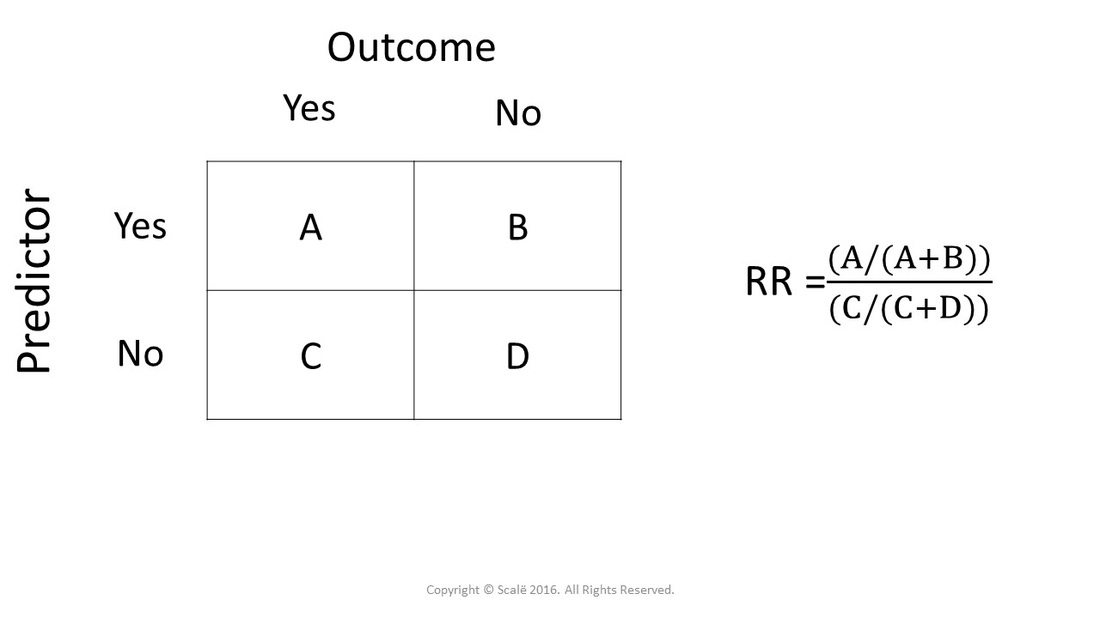



Calculate Relative Risk With 95 Confidence Intervals
Note An odds is always higher than its corresponding probability, unless the probability is 100% Odds vs Risk=probability Cohort Studies (risk ratio) Hypothetical Data CaseControl Studies (odds ratio) Disease (Cases) Casecontrol study example You sample 50 stroke patients and 50 controls without stroke and ask about their smoking in theOdds ratio vs relative risk?• To identify measures of association and risk as they are used in epidemiology • To interpret relative risk and odds ratios and be familiar with their calculation using 2x2 tables, and • To interpret the following measures of risk differences attributable risk, population attributable risk, and population attributable risk percent




Measures Of Effect Relative Risks Odds Ratios Risk Difference And Number Needed To Treat Kidney International




Statistics Part 13 Measuring Association Between Categorical Data Relative Risk Odds Ratio Attributable Risk Logistic Regression Data Lab Bangladesh
One of the most commonly observational study designs employed in veterinary is the crosssectional study with binary outcomes To measure an association with exposure, the use of prevalence ratios (PR) or odds ratios (OR) are possible In human epidemiology, much has been discussed about the use of the OR exclusively for case–control studies and some authorsPerspective of Relative Differences (Ratios) vs Absolute Differences Relative risk comparisons and risk differences provide two different perspectives on the same information Relative risk, ie, risk ratios, rate ratios, and odds ratios, provide a measure of the strength of the association between a factor and a disease or outcome9222 Measures of relative effect the risk ratio and odds ratio Measures of relative effect express the outcome in one group relative to that in the other The risk ratio (or relative risk) is the ratio of the risk of an event in the two groups, whereas the odds ratio is the ratio of the odds of an event (see Box 92a)For both measures a value of 1 indicates that the estimated effects




Odds Ratios Are Far From Portable A Call To Use Realistic Models For Effect Variation In Meta Analysis Journal Of Clinical Epidemiology




Pdf When To Use The Odds Ratio Or The Relative Risk Semantic Scholar
The relative risk and the odds ratio are measures of association between exposure status and disease outcome in a population Relative risk In epidemiology, relative risk (RR) can give us insights in how much more likely an exposed group is to develop a certain disease in comparison to a nonexposed groupThe relative risk (RR) and the odds ratio (OR) are the two most widely used measures of association in epidemiology The direct computation ofThere are 2 main measures of association commonly used in epidemiology the risk ratio/rate ratio (relative risk) and the odds ratio The former is calculated for study designs that collect data on incidence cohorts and RCTs The latter is calculated for study designs that use prevalent cases crosssectional studies and casecontrol studies




Epidemiology Midterm And Final Exam Flashcards Quizlet
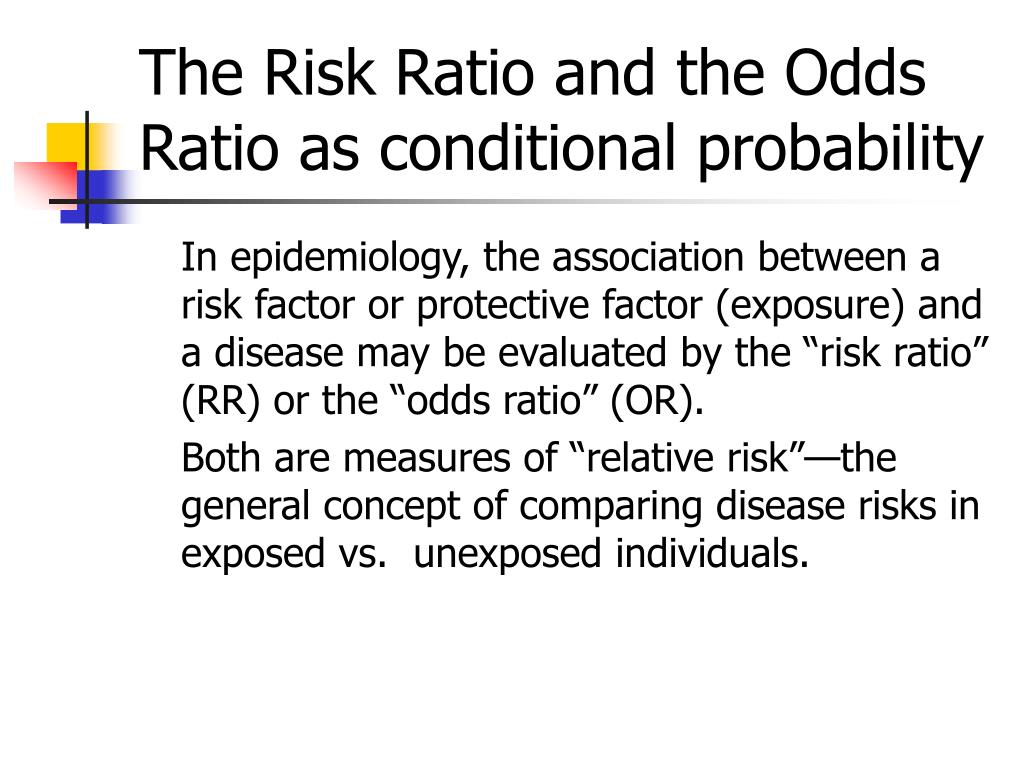



Ppt Conditional Probability Powerpoint Presentation Free Download Id
Risk Ratio vs Odds Ratio Whereas RR can be interpreted in a straightforward way, OR can not A RR of 3 means the risk of an outcome is increased threefold A RR of 05 means the risk is cut in half But an OR of 3 doesn't mean the risk is threefold; The basic difference is that the odds ratio is a ratio of two odds (yep, it's that obvious) whereas the relative risk is a ratio of two probabilities (The relative risk is also called the risk ratio) Let's look at an example Relative Risk/Risk RatioAs explained in the "Motivating Example" section, the relative risk is usually better than the odds ratio for understanding the relation between risk and some variable such as radiation or a new drug That section also explains that if the rare disease assumption holds, the odds ratio is a good approximation to relative risk and that it has some advantages over relative risk
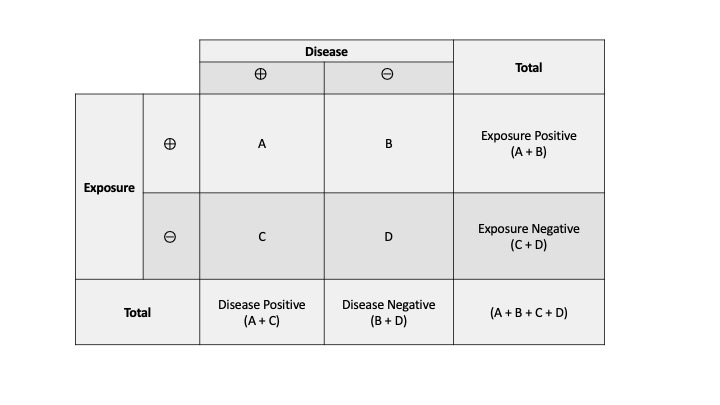



Measures Of Association Stats Medbullets Step 1
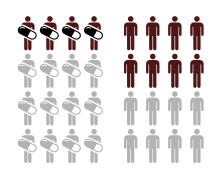



Relative Risk Wikipedia
Odds ratios (OR) are commonly reported in the medical literature as the measure of association between exposure and outcome However, it is relative risk that people more intuitively understand as a measure of association Relative risk can be directly determined in a cohort study by calculating a risk ratio (RR)The more common the disease, the larger is the gap between odds ratio and relative risk In our example above, p wine and p no_wine were 0009 and 0012 respectively, so the odds ratio was a good approximation of the relative risk OR = 0752 and RR = 075 If the risks were 08 and 09, the odds ratio and relative risk will be 2 very different numbers OR = 044 and RR = 0 RelativeAbout Press Copyright Contact us Creators Advertise Developers Terms Privacy Policy & Safety How works Test new features Press Copyright Contact us Creators




Relative And Absolute Risk Osmosis



2
It depends on the study design!Pretend there is a drawing with one winner and 10,000 people entered The odds of winning are 1/9,999 () and the probability of winning is 1/10,000 () In this case, odds and probability are essentially identical Relative Risk (RR) & Odds Ratio (OR)



Odds



1
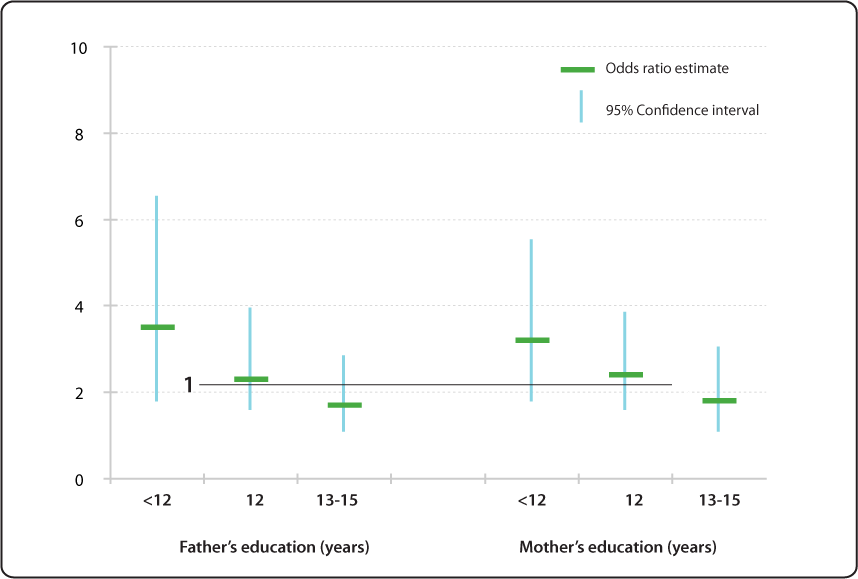



Relative Risk Odds Ratio Estimate With 95 Confidence Intervals Of Children Having Specific Language Impairment Sli By Parent S Level Of Education Reference College Graduate Or More Education 16 Years Nidcd




Calculate Relative Risk With 95 Confidence Intervals




Measures Of Association Measures Of Association Coursera




Epidemiology Risk Factors Prognosis Peripheral Vascular Disease Basic Clinical Perspectives




When Can Odds Ratios Mislead The Bmj




Relative Risk Odds Ratios Youtube
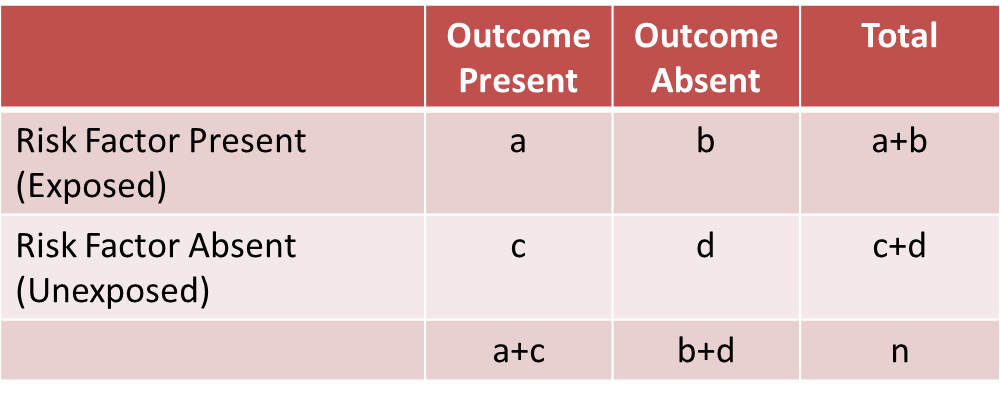



A Stratified Analysis



1




How To Calculate Odds Ratio And Relative Risk In Excel Statology



Hazard Ratio Formula




Odds Vs Relative Risk ただの悪魔の画像




Measures Of Effect Relative Risks Odds Ratios Risk Difference And Number Needed To Treat Kidney International




Glossary Of Research Terminology




A Beginner S Guide To Interpreting Odds Ratios Confidence Intervals And P Values Students 4 Best Evidence
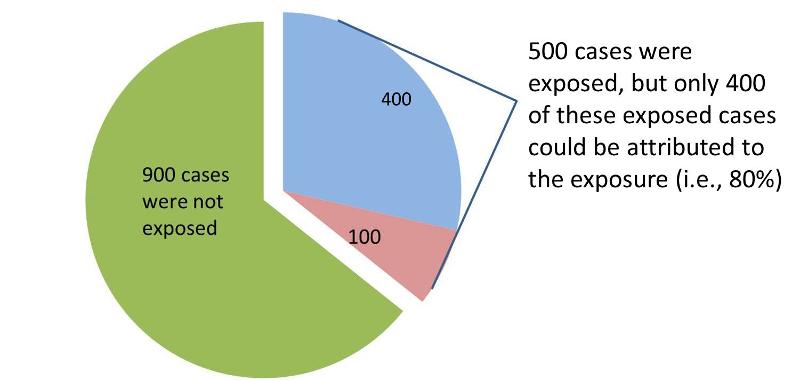



Measures Of Association




Cureus What S The Risk Differentiating Risk Ratios Odds Ratios And Hazard Ratios




Relative Risks And Odds Ratios What S The Difference Mdedge Family Medicine




Definition And Calculation Of Odds Ratio Relative Risk Stomp On Step1




Relative And Absolute Risk Osmosis
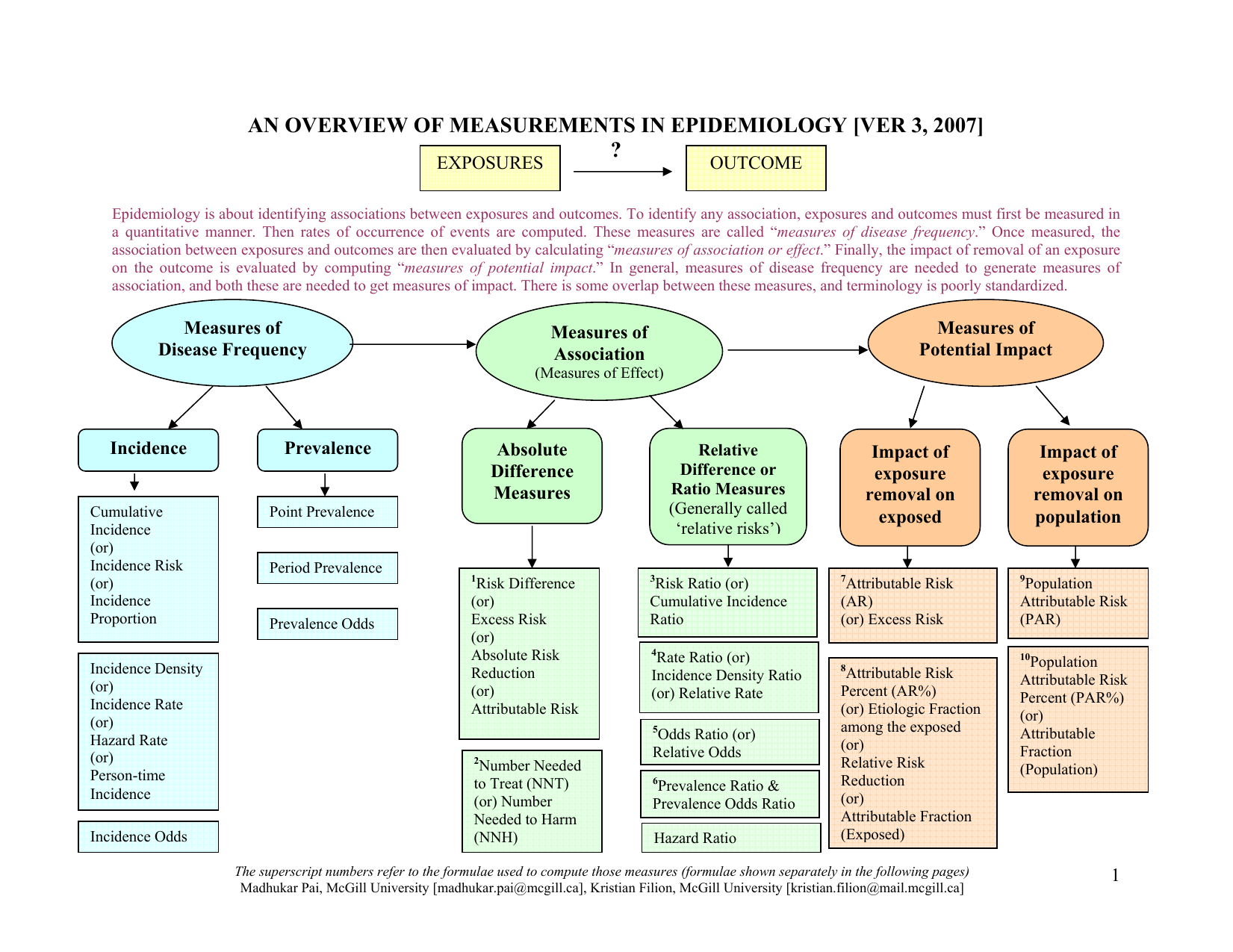



An Overview Of Measurements In Epidemiology



Risk Ratio Vs Odds Ratio Hunter 19 Notes And Things



Relative Risk Ratios And Odds Ratios




Pdf When To Use The Odds Ratio Or The Relative Risk




Pdf When To Use The Odds Ratio Or The Relative Risk Semantic Scholar




The Difference Between Relative Risk And Odds Ratios The Analysis Factor




Solved Compare And Contrast The Three Major Study Designs Chegg Com




Calculate Relative Risk With 95 Confidence Intervals




What Is An Odds Ratio And How Do I Interpret It Critical Appraisal



6 7 8 9 10 11 12 13 14 15 16 17 18 19 21 22 23 24 25 26 27 28 29 30 Review Incidence And Prevalence Are Formally Defined On Slide 7 Birth And Death Rates Are Also Estimates Of Absolute Risk Risk Factors Are Identified By Determining




Epidemiology Odds Ratio Or Bean Around The World




Definition And Calculation Of Odds Ratio Relative Risk Stomp On Step1




Pdf Measures Of Effect Relative Risks Odds Ratios Risk Difference And Number Needed To Treat



Definition And Calculation Of Odds Ratio Relative Risk Stomp On Step1
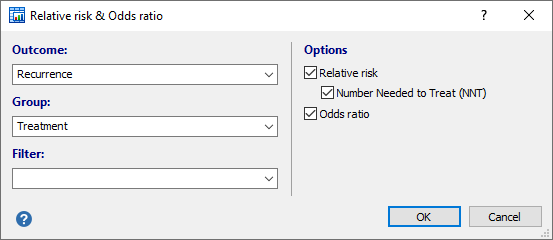



Relative Risk Odds Ratio




Odds Ratios And Risk Ratios Youtube
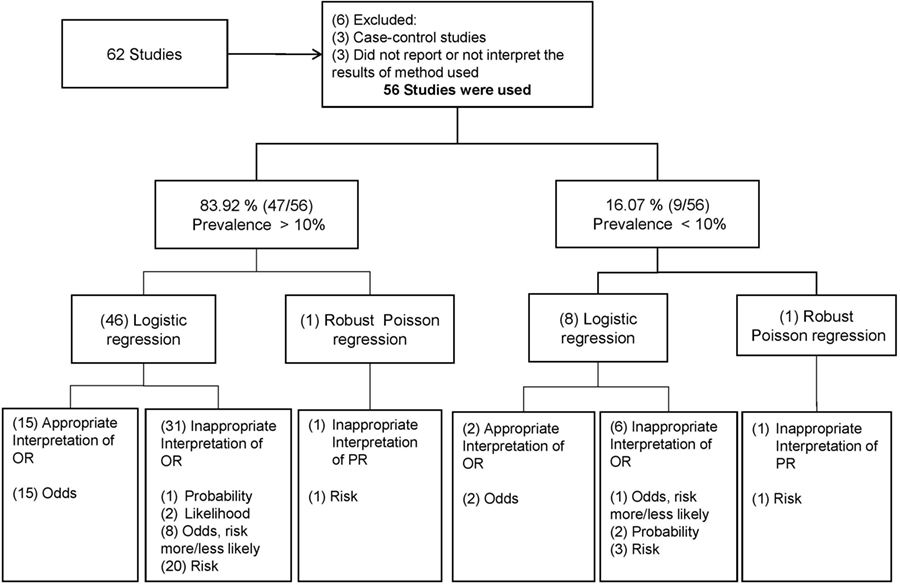



Frontiers Odds Ratio Or Prevalence Ratio An Overview Of Reported Statistical Methods And Appropriateness Of Interpretations In Cross Sectional Studies With Dichotomous Outcomes In Veterinary Medicine Veterinary Science




Numerators Denominators And Populations At Risk Health Knowledge




How To Interpret And Use A Relative Risk And An Odds Ratio Youtube




Epi546 Block I Lecture 3 Frequency How Do
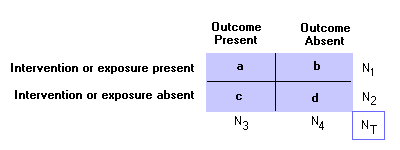



Epidemiology Glossary Physical Diagnosis Skills University Of Washington School Of Medicine




Pdf When To Use The Odds Ratio Or The Relative Risk Semantic Scholar
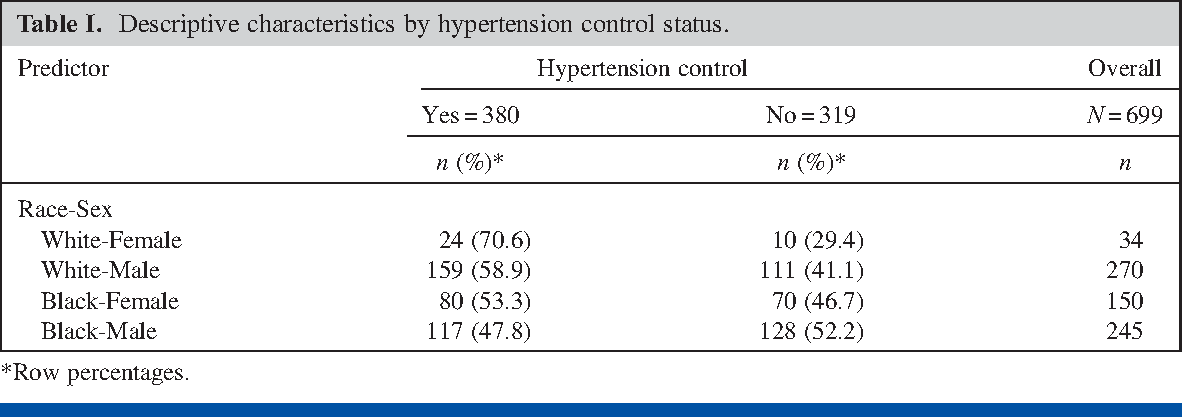



Pdf Prevalence Odds Ratio Versus Prevalence Ratio Choice Comes With Consequences Semantic Scholar
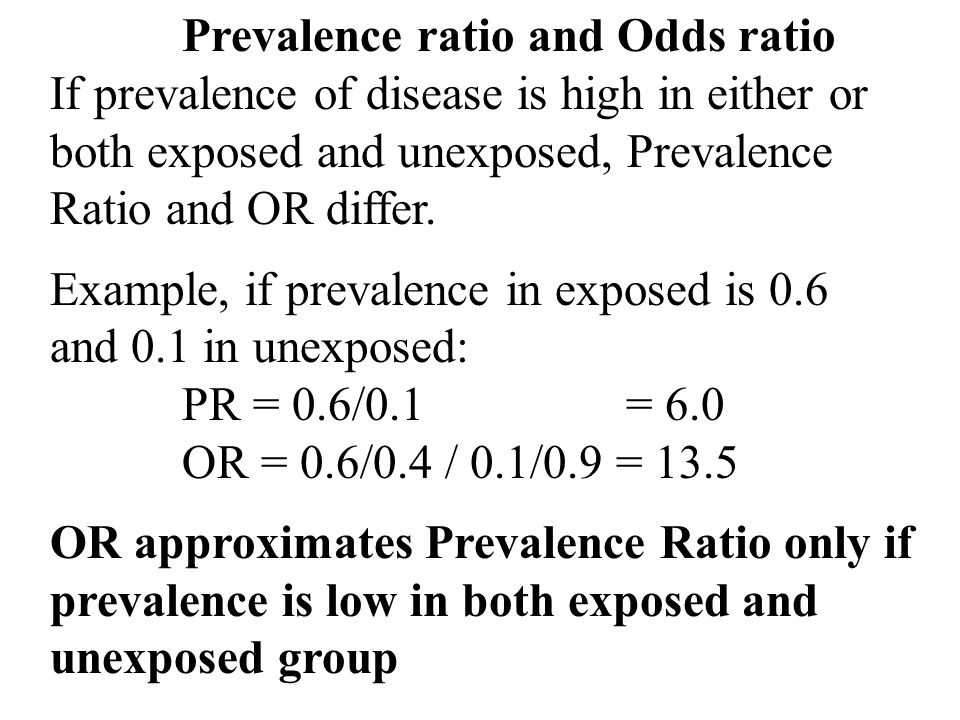



Measures Of Disease Association Ppt Download




Risk Differences And Rate Differences




Odds Ratio Wikipedia




Cph Exam Review Epidemiology Ppt Download




Pdf Distributional Interaction Interpretational Problems When Using Incidence Odds Ratios To Assess Interaction




The Odds Ratio Calculation Usage And Interpretation Biochemia Medica




Attributable Risk And Odds Ratio Online Medical Library




What Is An Odds Ratio And How Do I Interpret It Critical Appraisal




Il Estimating Odds Ratios And Relative Risks An Chegg Com
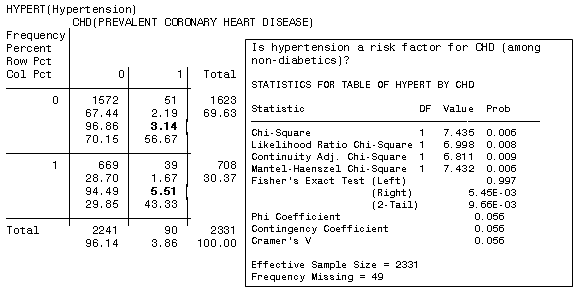



Lesson 3 Measurement 2 Exposure Frequency Association Between Exposure And Disease Precison And Accuracy



Absolute Risk Vs Relative Risk Vs Odds Ratio Pp Made Easy On Vimeo




Measures Of Risk In Epidemiology Made Easy Youtube




Solved Discussion 09 2 Relative Risk Odds Ratio And Epidemiology Discussion Topic Ma3010 Statistics For Health Professions Define Epidemiology Risk Ratio And Odds Ratio And Describe The Three Basic Types Of Epidemiological Studies




3 5 Bias Confounding And Effect Modification Stat 507



Ctspedia Ctspedia Oddsrisk




Epidemiology Calculating Attributable Risk Youtube




Understanding Systematic Reviews And Meta Analysis Archives Of Disease In Childhood




Relative Risk Wikipedia




Chapter 6 Choosing Effect Measures And Computing Estimates Of Effect Cochrane Training
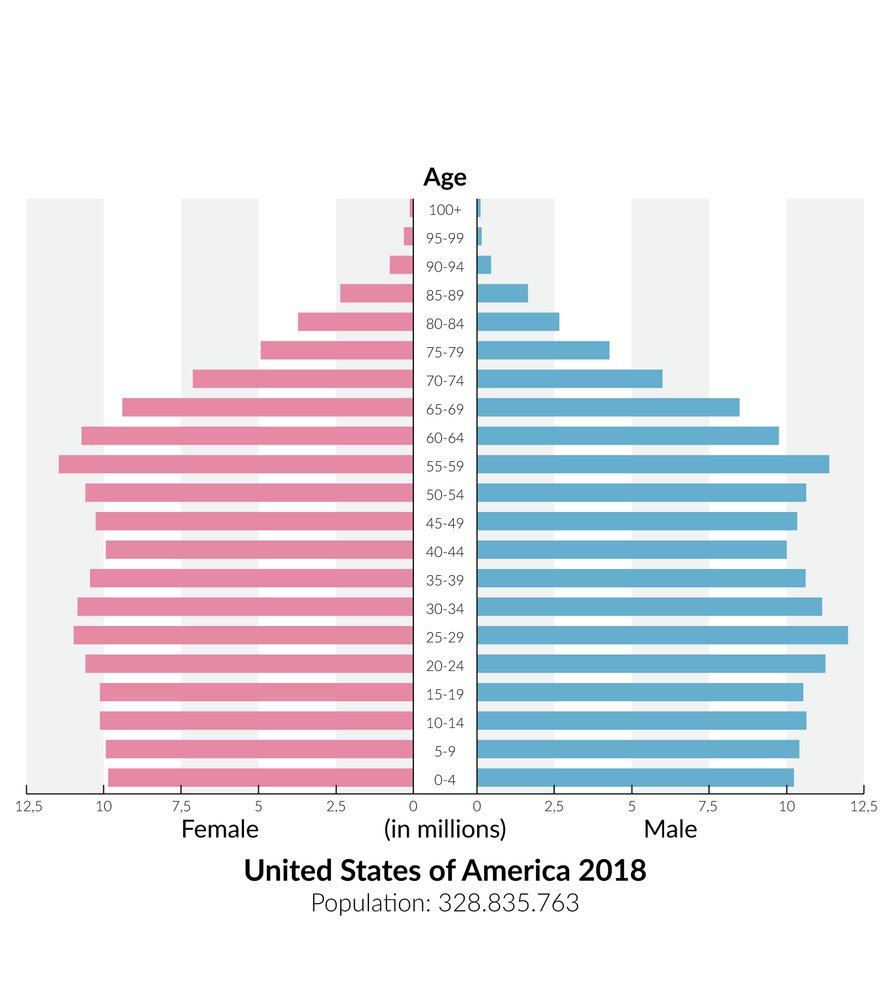



Epidemiology Knowledge Amboss
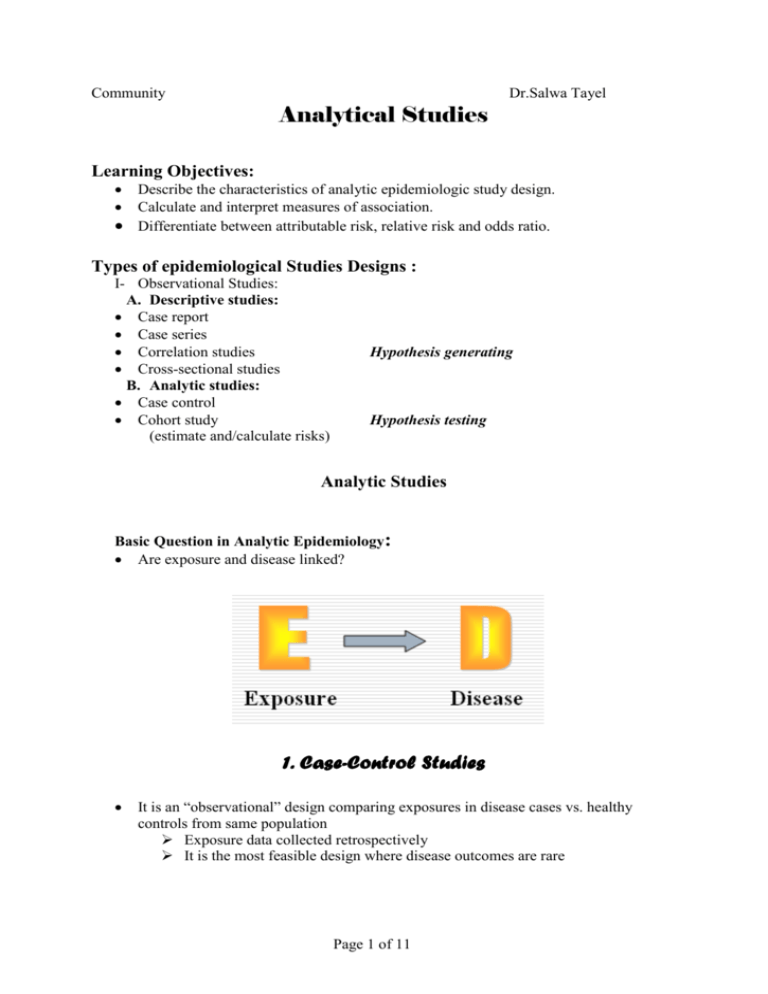



Analytical Studies
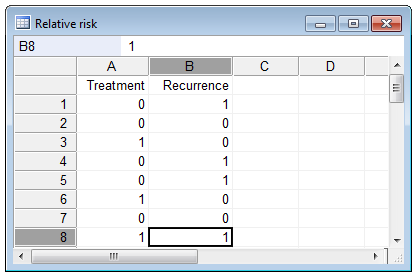



Relative Risk Odds Ratio




Odds Ratio Wikipedia




Epidemiology Knowledge Amboss




There Are Ten Important Calculations In Epidemiology Odds Ratio Prevalence Relative Risk Incidence Control Event Rate Cer Study Health Disease Disease



Epidemiology Stepwards
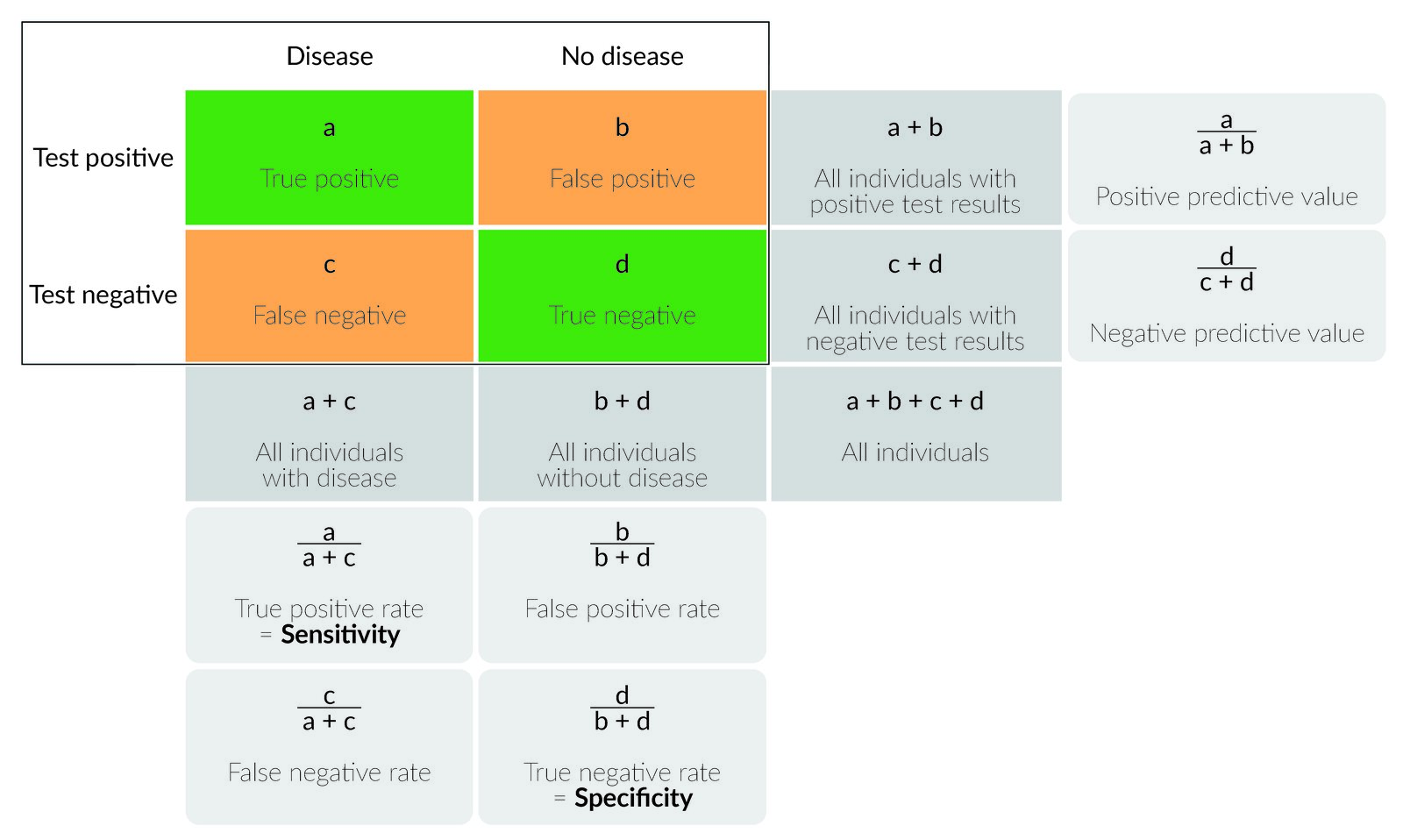



Epidemiology Knowledge Amboss
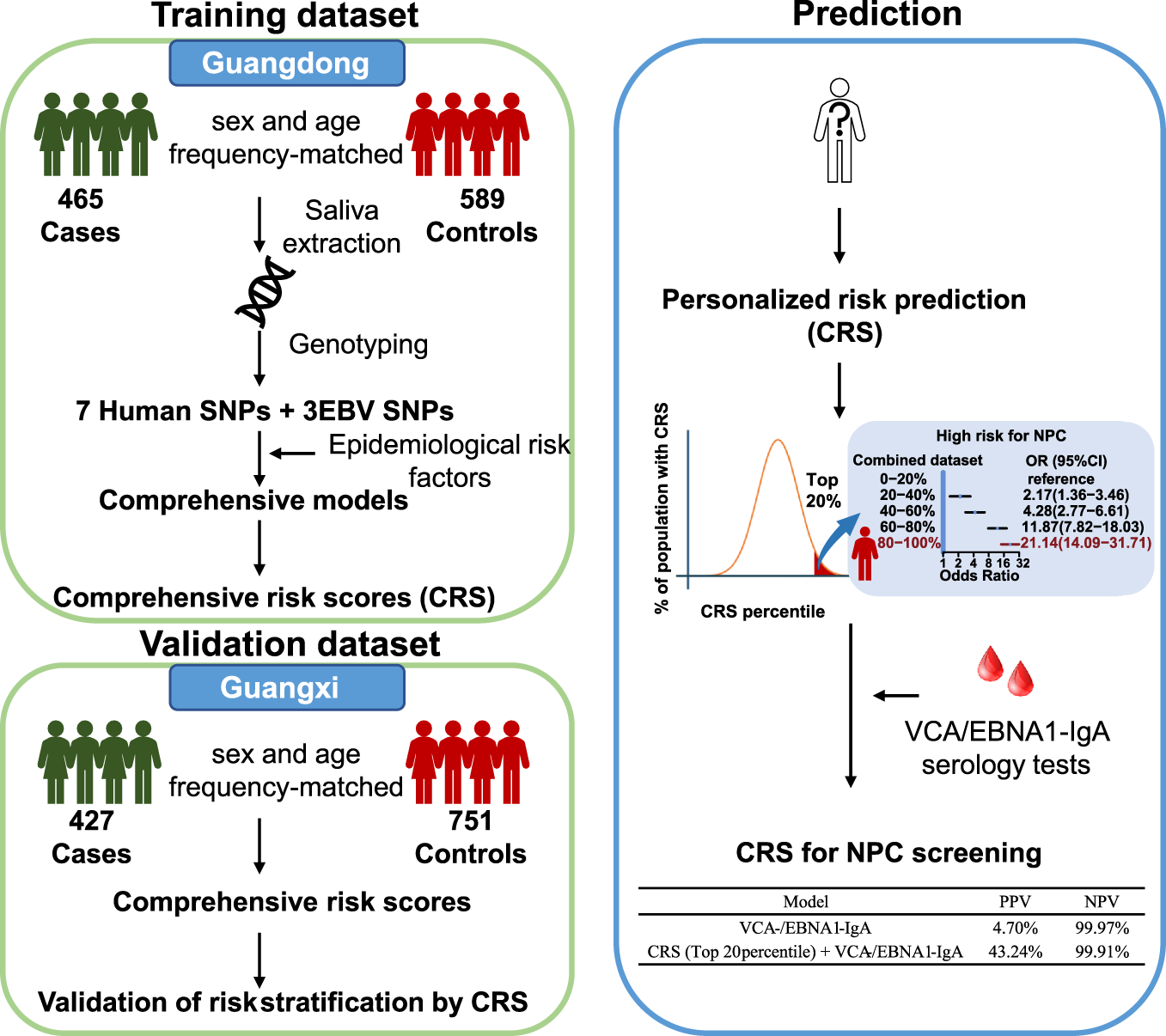



A Comprehensive Risk Score For Effective Risk Stratification And Screening Of Nasopharyngeal Carcinoma Nature Communications




Using Odds Ratio In Case Control Studies Youtube
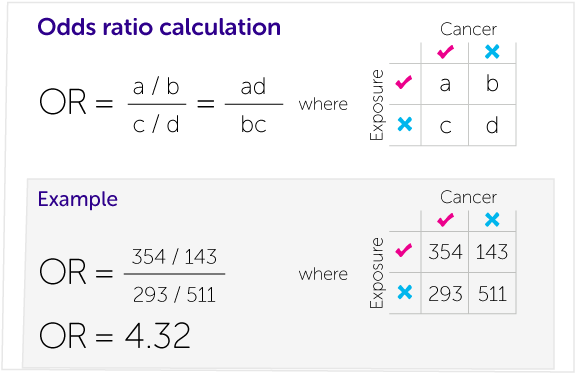



Our Calculations Explained Cancer Research Uk




Converting An Odds Ratio To A Range Of Plausible Relative Risks For Better Communication Of Research Findings The Bmj




1 The Odds Ratio Relative Odds In A Case Control Study We Do Not Know The Incidence In The Exposed Population Or The Incidence In The Nonexposed Population Ppt Download



2




Relative Risk And Odds Ratio



Understanding Measures Of Association Or Risk Odds Ratio Communitymedicine4all
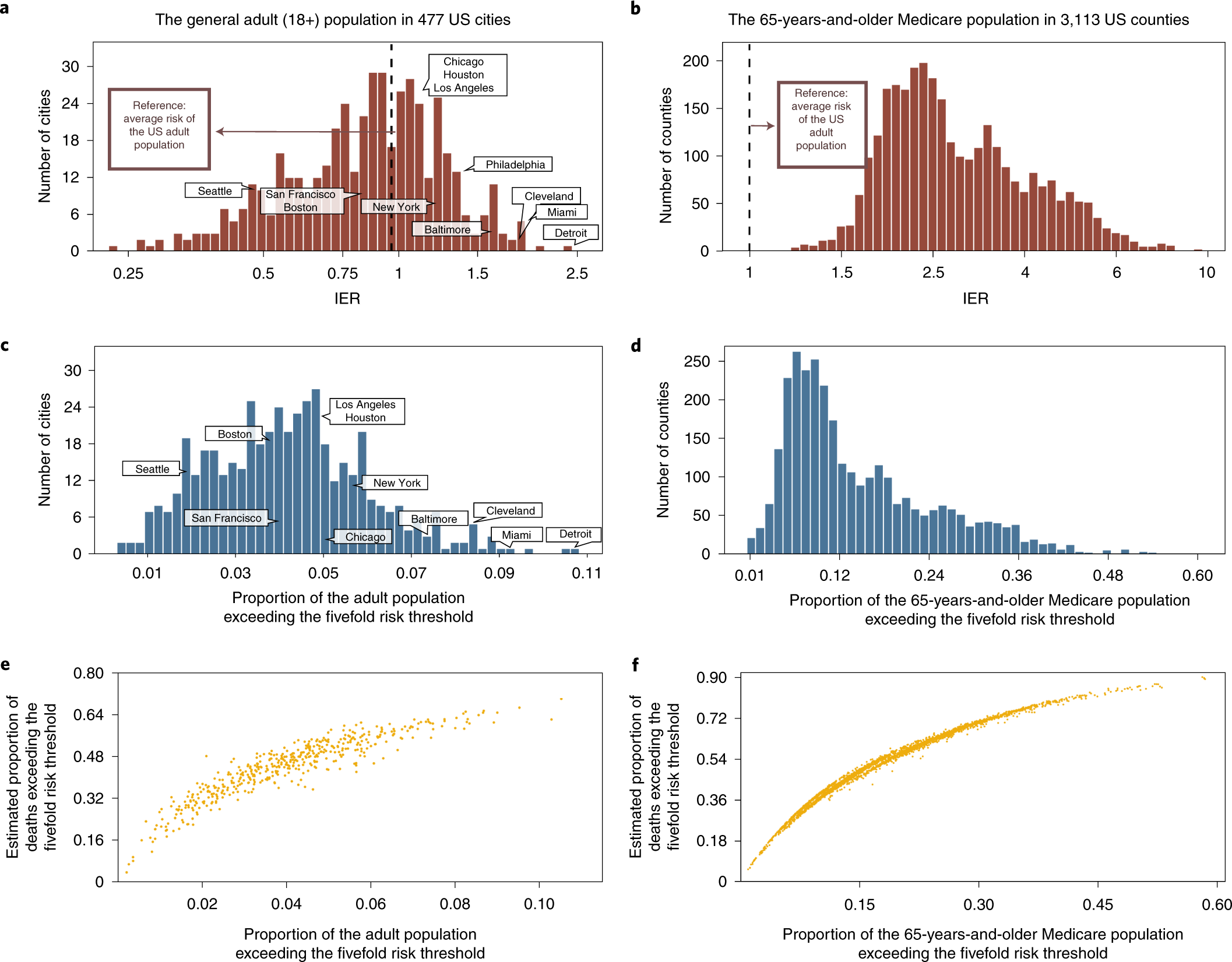



Individual And Community Level Risk For Covid 19 Mortality In The United States Nature Medicine


